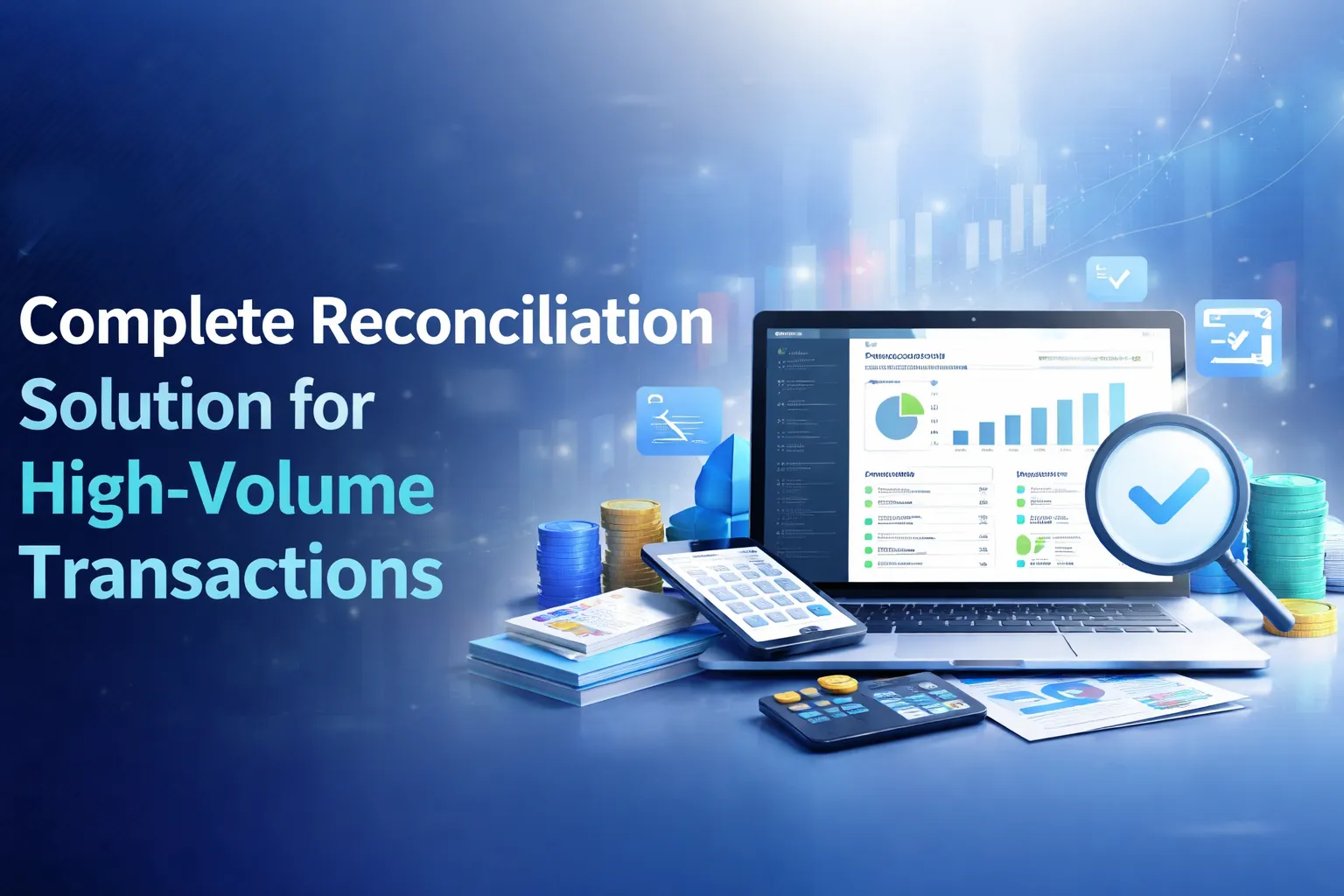Automating Bank Reconciliation
Reconciling bank statements with sales and operations data is a critical financial process to ensure that the story told by data is matching with reality. In business-speak, it is a much needed step for the accuracy and integrity of a company's financial records. Manual reconciliation methods can be time-consuming, prone to manual errors, and overall quite inefficient. The solution lies in embracing automated processes that free man hours and streamline the bank reconciliation process. Remarkably, such processes can do bank reconciliation in real time. Moreover, the processes can completely remove errors and improve monitoring, tracking, and reporting thus providing better control over financial operations.
The Challenges of Manual Bank Reconciliation
Manual bank reconciliation presents several challenges. Firstly, multiple bank accounts coupled with large volumes of transactions can overwhelm the reconciliation process, making it susceptible to human error. Additionally, the complexity of transaction types, including various rules and conditions, further complicates the manual matching process. These elements are definitely true for large organisations but also for organisations on a growth trajectory.
Secondly, discrepancies due to timestamps between bank records and internal records, along with the risk of data entry errors, contribute to inaccuracies. Furthermore, missing or delayed statements from the bank can hinder the reconciliation process. Bank fees, adjustments, and multi currency transactions pose additional challenges. Resolving discrepancies not only requires thorough process but also a process that can run flawlessly every time. While this is possible to achieve manually, it definitely is time and resource-intensive, thus impacting efficiency.
Benefits of Automating Bank Reconciliation
According to a Zapier poll, 60% of knowledge workers automate processes to save time, and your bank reconciliation process is no different. Automating bank reconciliation brings numerous advantages to businesses. It definitely saves time by eliminating the need for manual data entry and tedious matching processes using archaic formulas in spreadsheets. Automated systems can directly import and reconcile bank statements with the sales and operations data, providing actionable insights. This process itself reduces man hours by 70%, freeing up time of knowledge workers.
A J.P. Morgan reports 75% of organisations faced payments fraud attacks in 2020, making automated reconciliation crucial. Automation reduces errors and ensures accuracy, minimising financial discrepancies and associated consequences. It provides real-time insights for informed decision-making and swiftly detects irregularities, reducing fraud risks.
Implementing Automated Bank Reconciliation
To automate bank reconciliation, businesses can leverage modern accounting software and financial management systems that offer reconciliation features. These systems integrate with banks and financial institutions, allowing for seamless data synchronisation. Advanced reconciliation algorithms automatically match transactions, identify discrepancies, and generate reconciliation reports.
Machine learning capabilities can also enhance the accuracy of reconciliation over time by learning from past matching patterns. By implementing automation, businesses can achieve faster and more accurate bank reconciliation while reducing manual effort and improving overall financial management.
Kosh.ai offers a platform that automates financial reconciliation and operations. It is catering to a global customer base helping them save time and money while driving efficiency.
Contact us now

.webp)

.webp)






